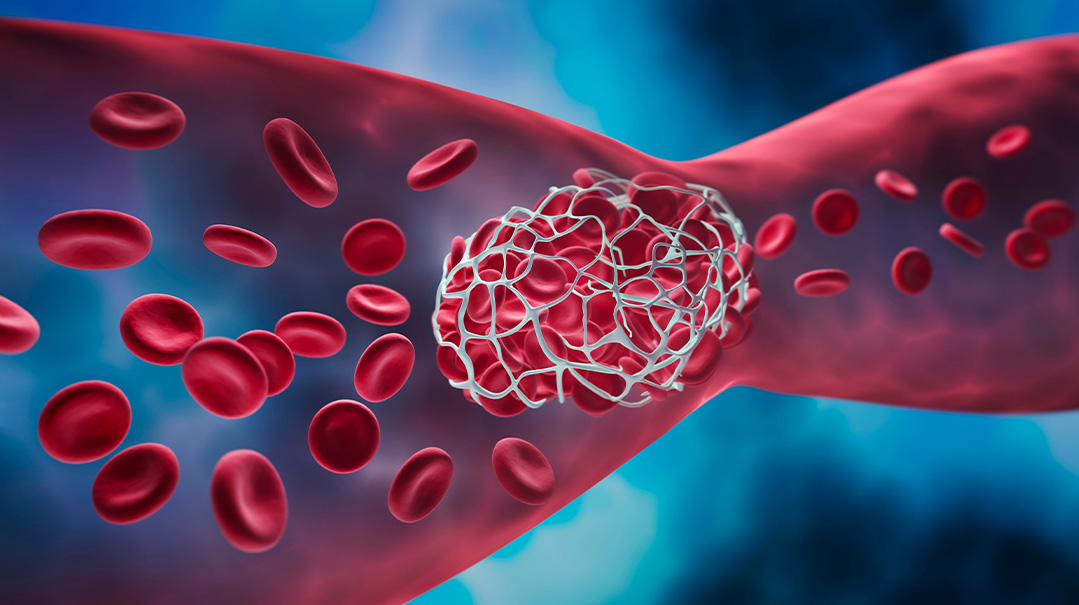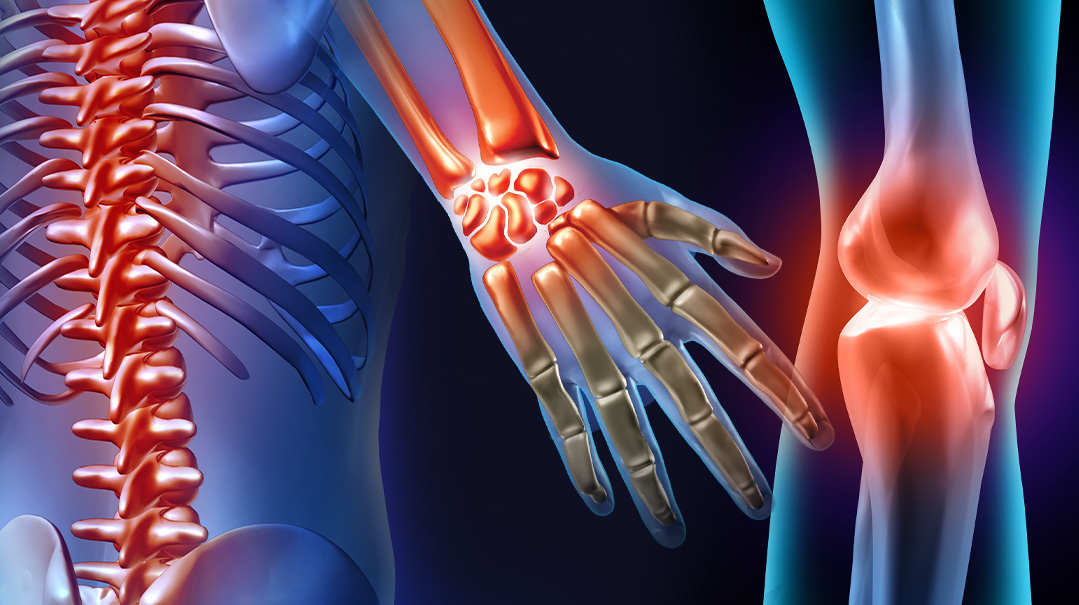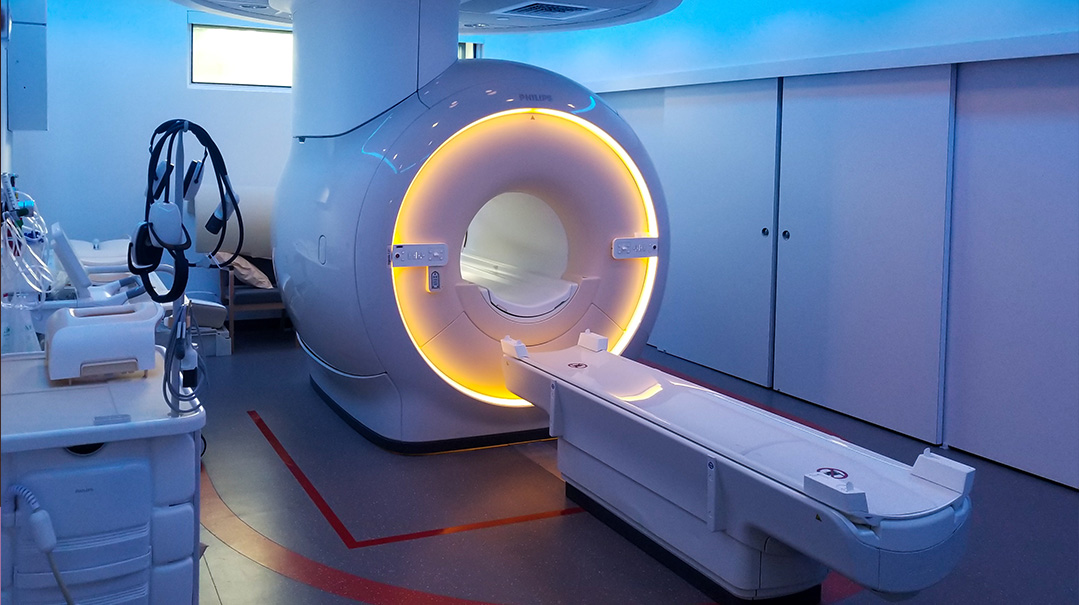Deep and Dangerous

“I’m not hanging up until you tell me you’ll see a doctor today!” A mother’s intuition isn’t a small thing to ignore

As told to Faigy Peritzman
Being twenty-five years old and expecting your first child in a foreign country is a little overwhelming. Still, I was thrilled to have the zechus to give birth in Eretz Yisrael.
I started off using a private doctor, sure that this was the prudent thing to do with the Israeli socialized medicine setup. However, since my insurance only allowed a limited number of private visits, after a few uneventful months, I switched to a regular clinic doctor for the duration of the pregnancy.
In my last trimester, I started experiencing a heaviness in my right foot. It was an ache, a slight dragging feeling. I shared it with my doctor, who pooh-poohed it. “All pregnancies carry some degree of discomfort,” he said, waving his hand dismissively.
I took my lead from him and ignored it, despite the fact that the ache persisted for the next three months. I was sure it was just the baby pressing on a nerve, and after I’d given birth, I’d be fine.
Sure enough, the first week right after my son was born, I felt great.
My father came in for the bris and flew back two days later. I was on a high, but crashed a couple of days after he left. That Erev Shabbos I was talking to my mother in the States.
“You don’t sound good,” she said.
“I’m fine! I just had a baby,” I insisted.
“No, you really don’t sound good. You need to see a doctor.”
“Ma, it’s Erev Shabbos here in Eretz Yisrael.There are no doctors now.”
“You need to see a doctor now!” she insisted. “I’m not hanging up until you tell me you’ll see a doctor today!” A mother’s intuition isn’t a small thing to ignore.
Oops! We could not locate your form.







